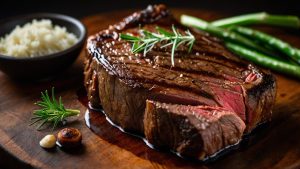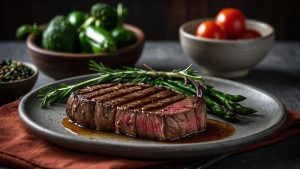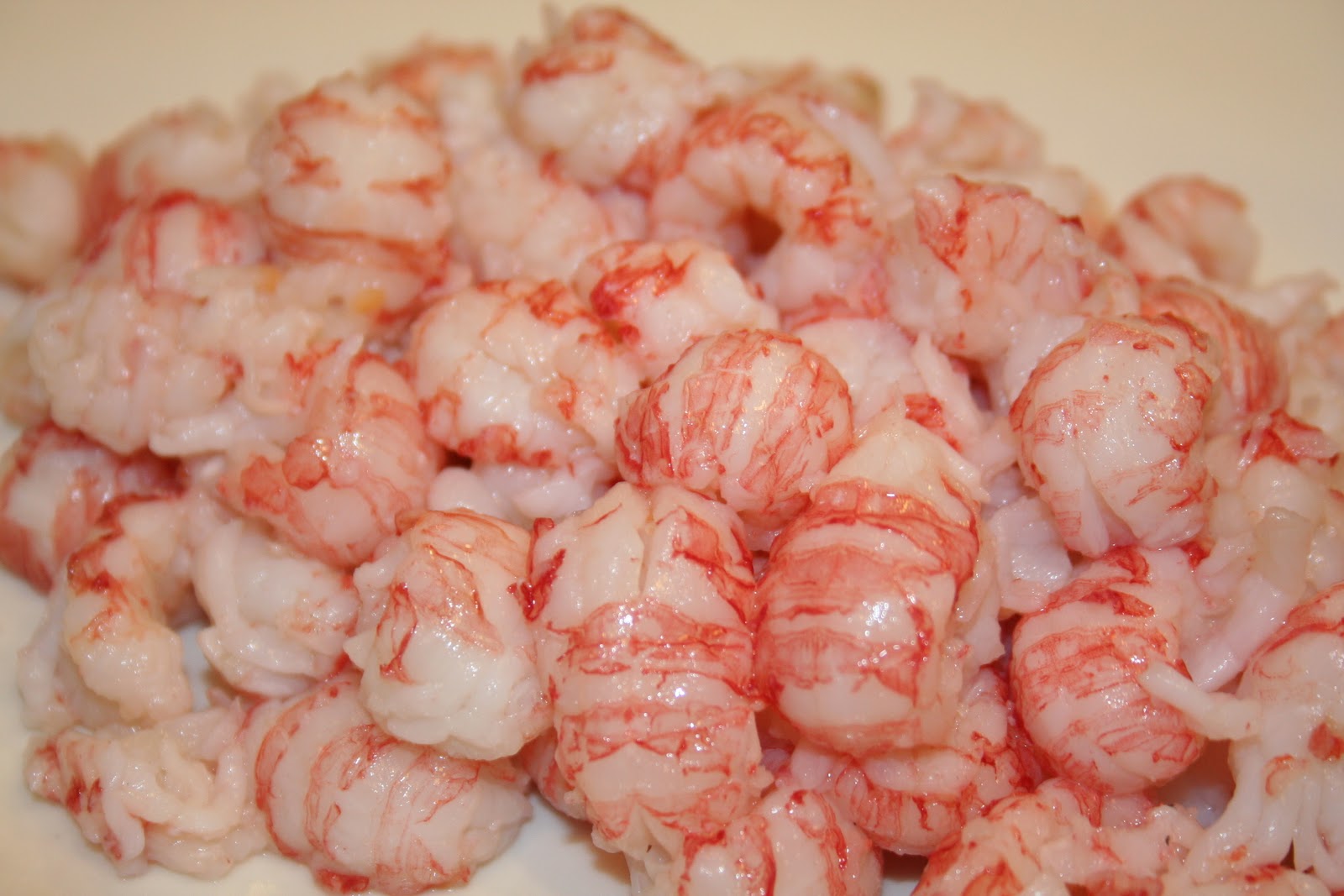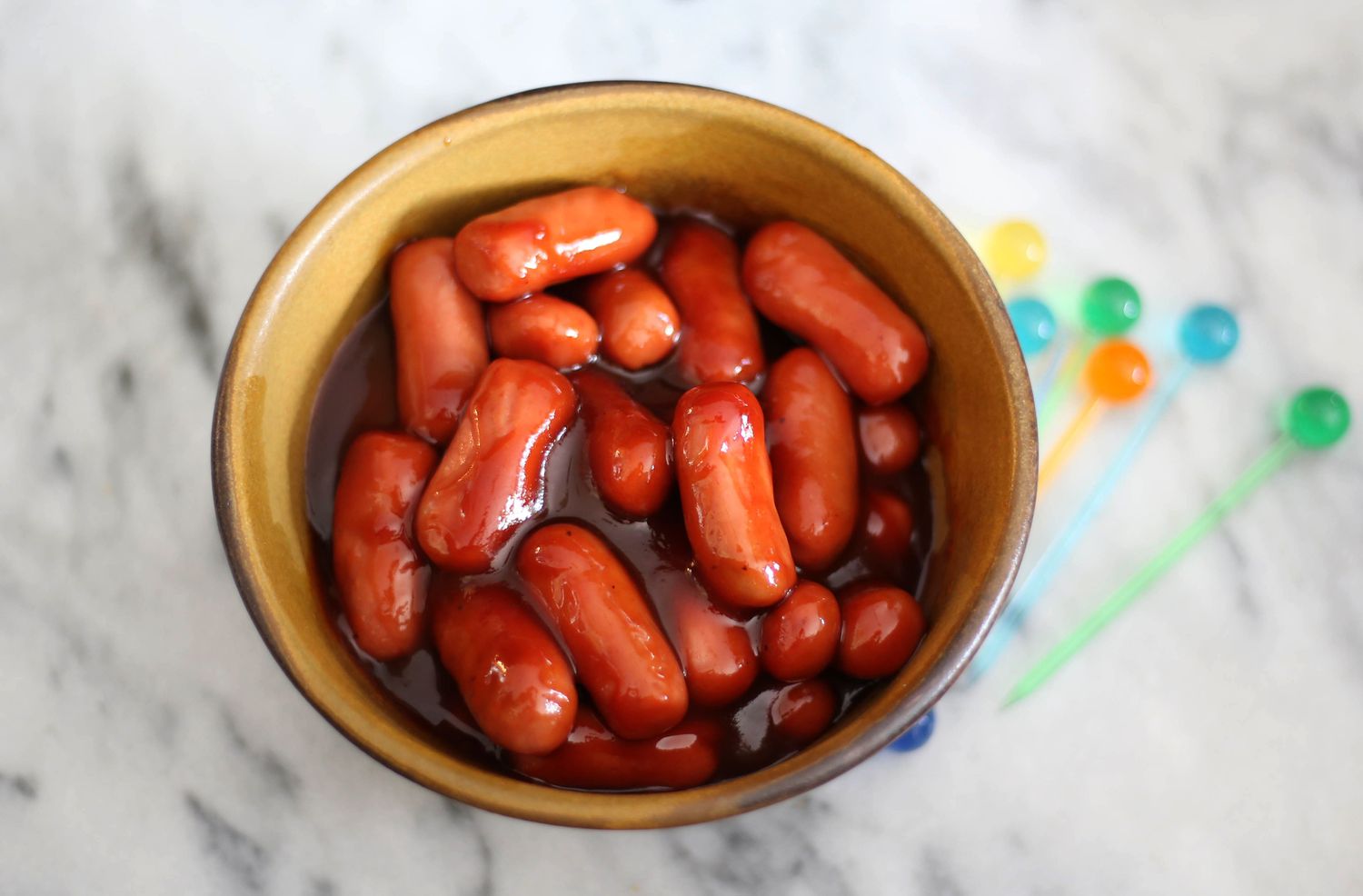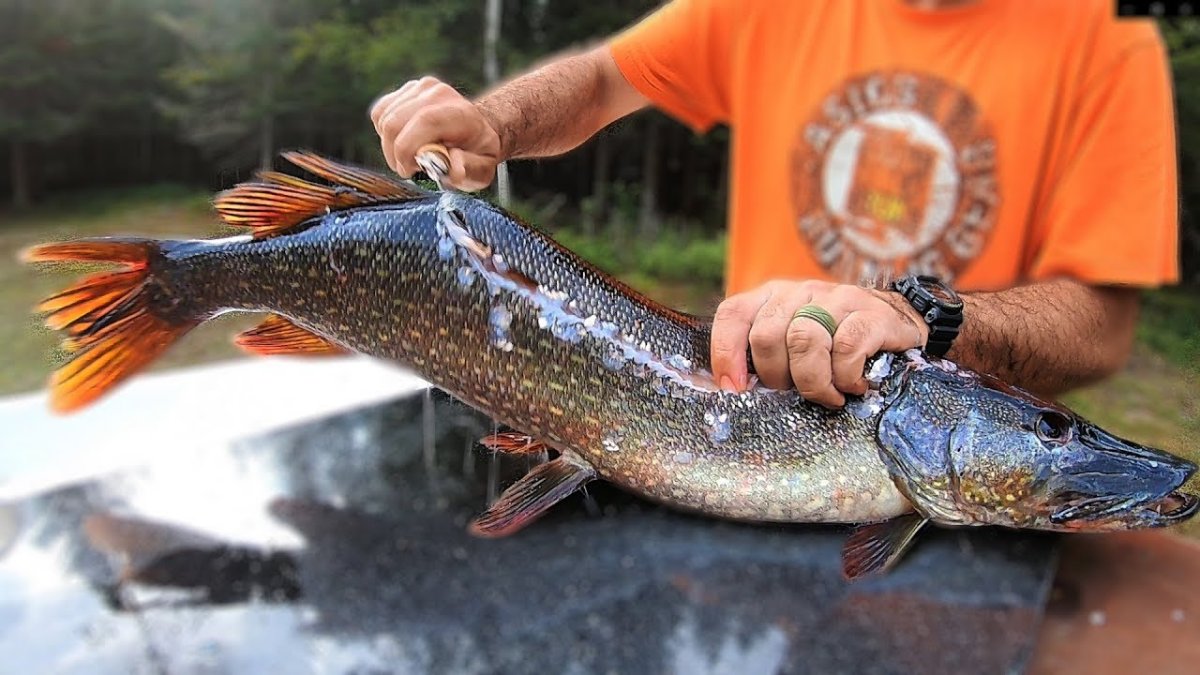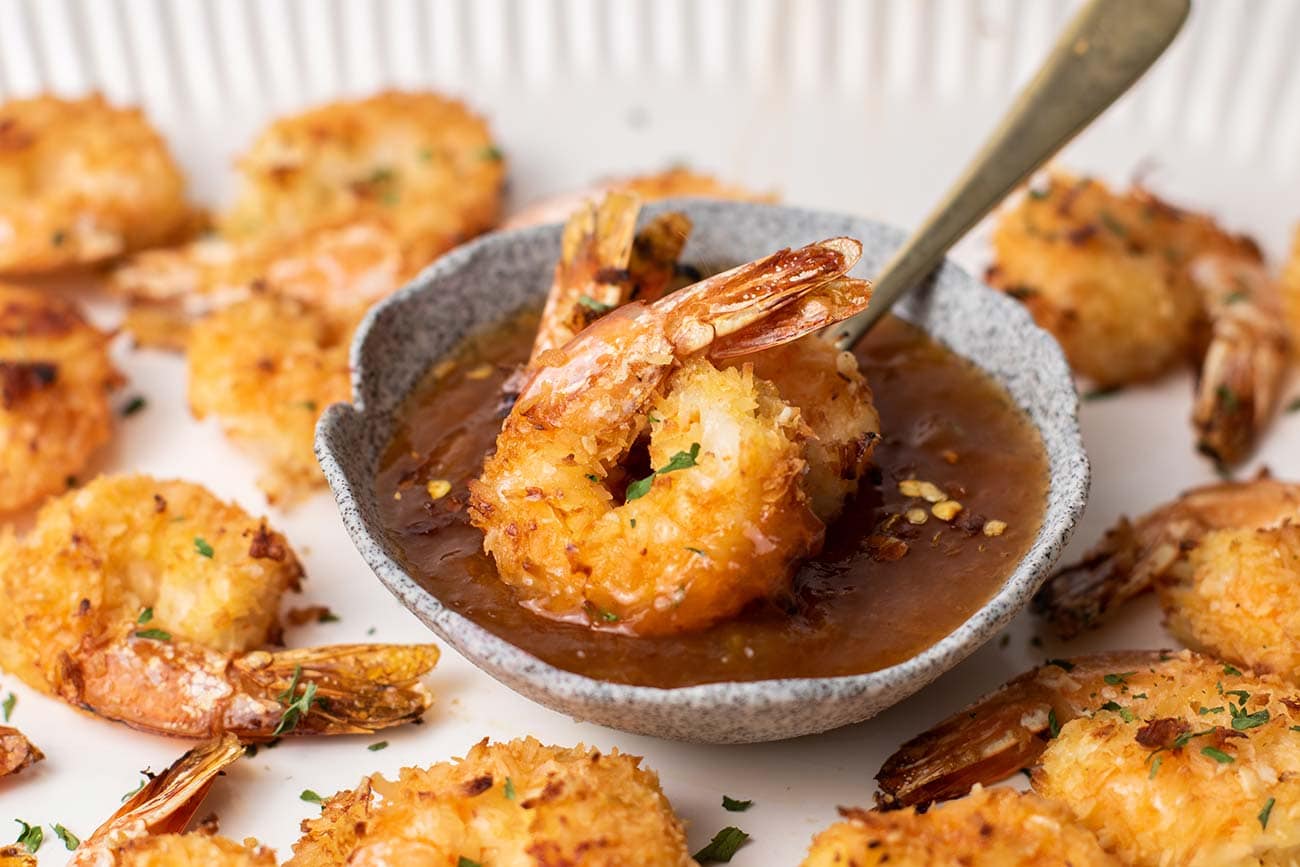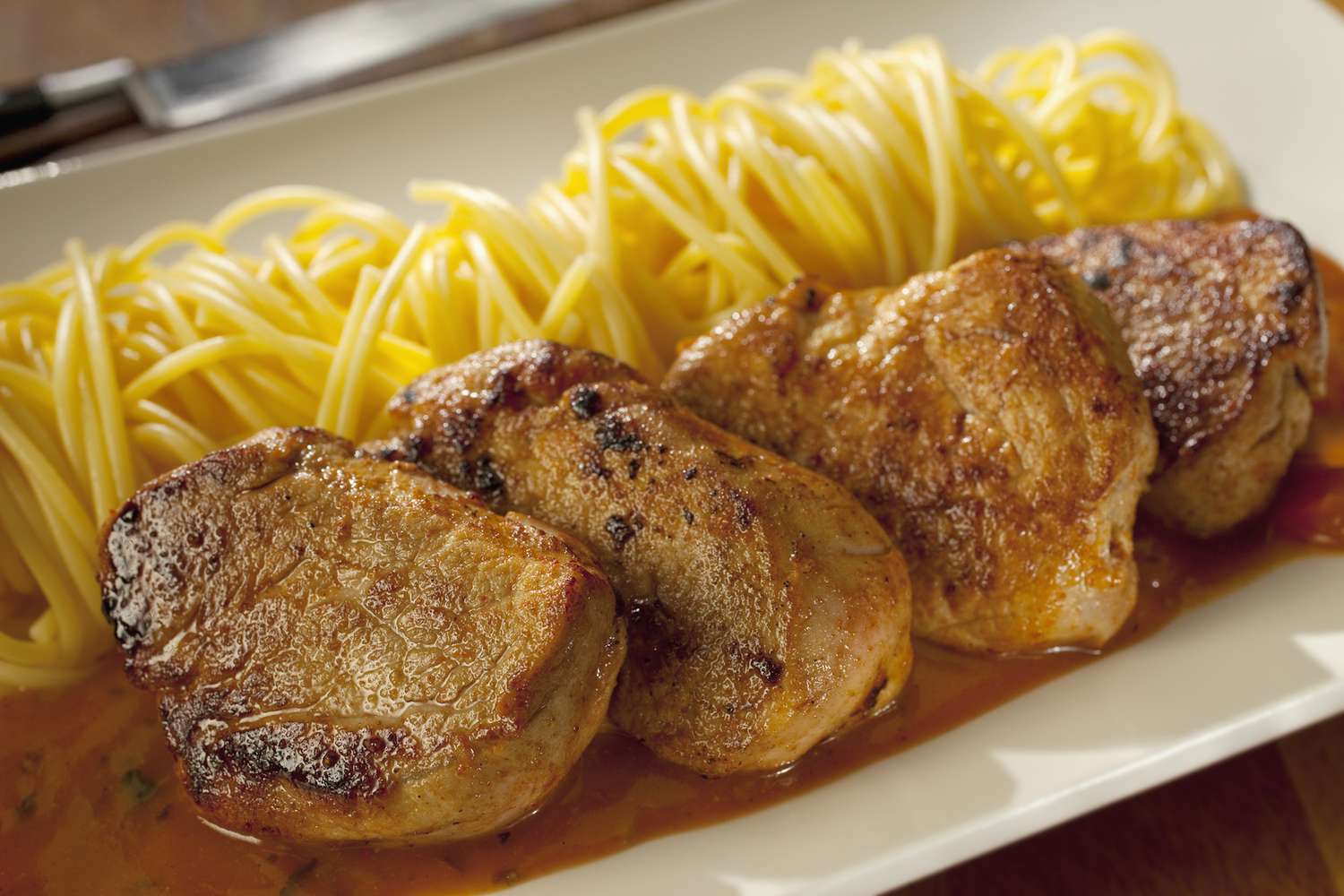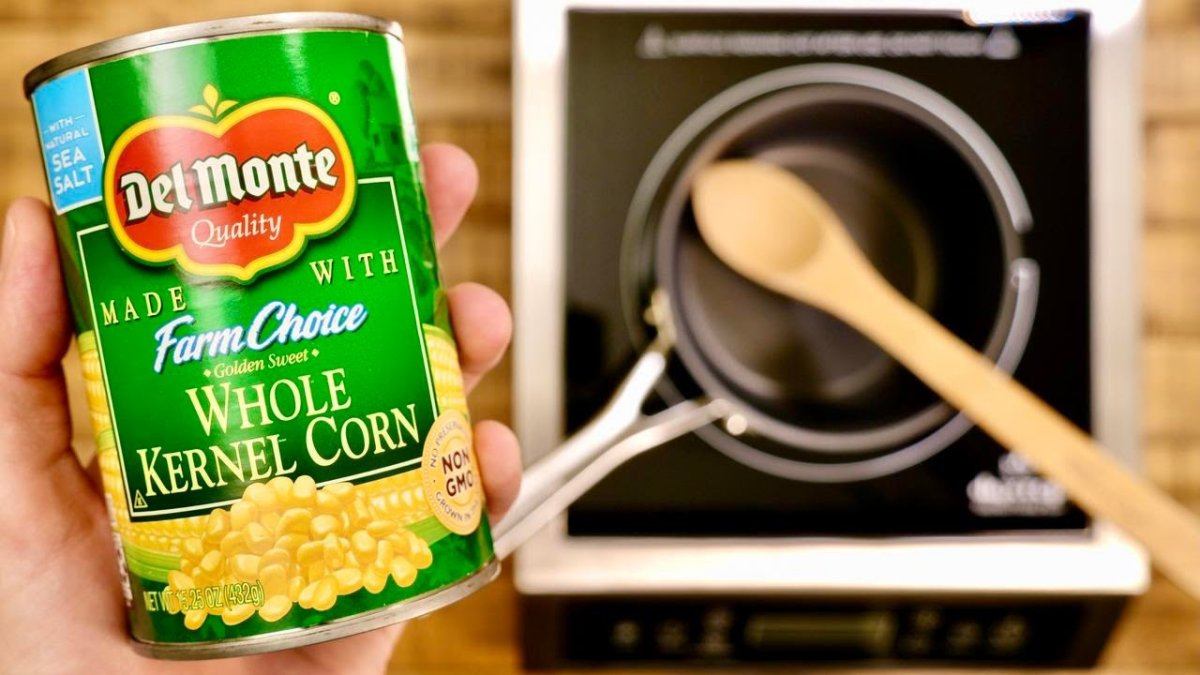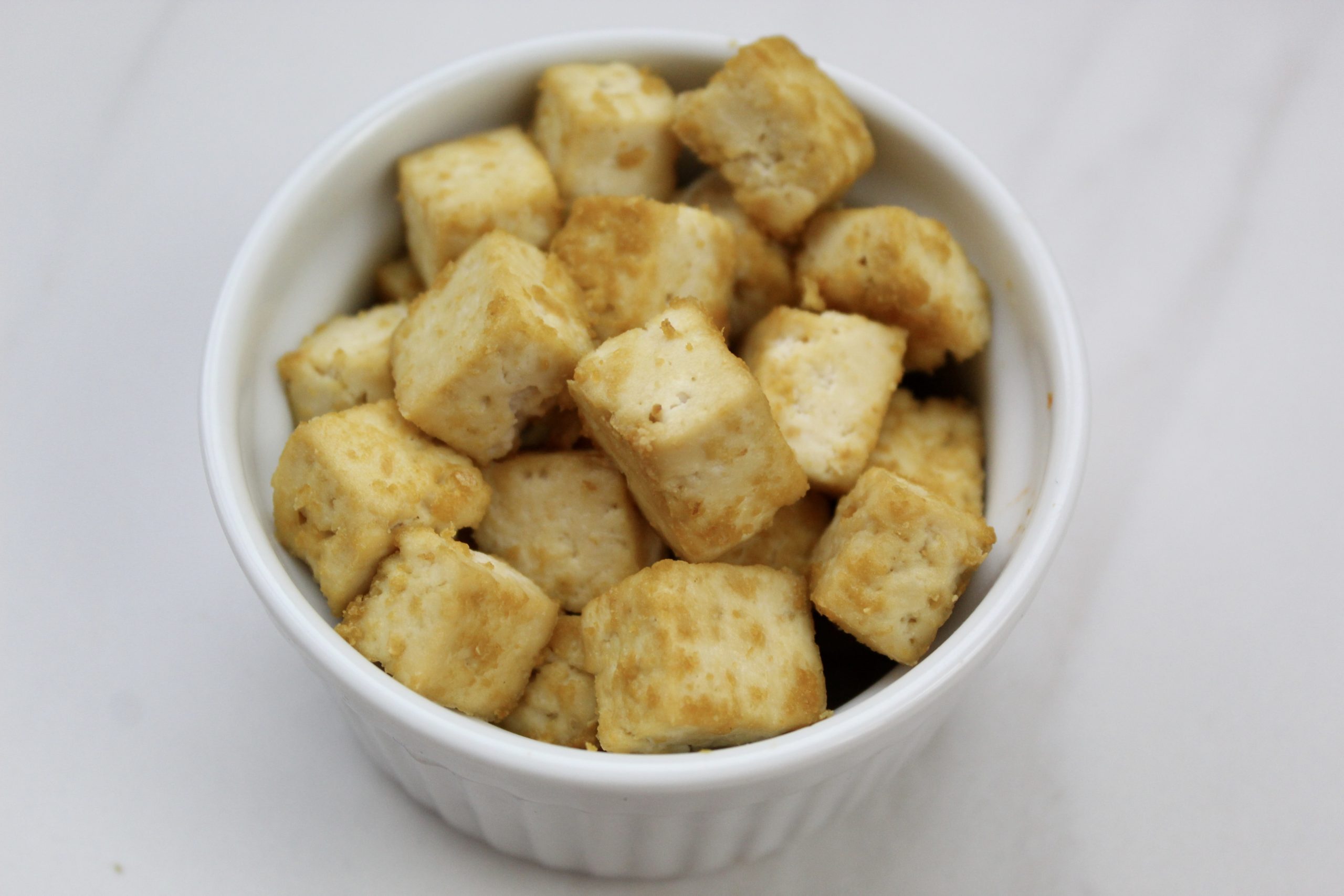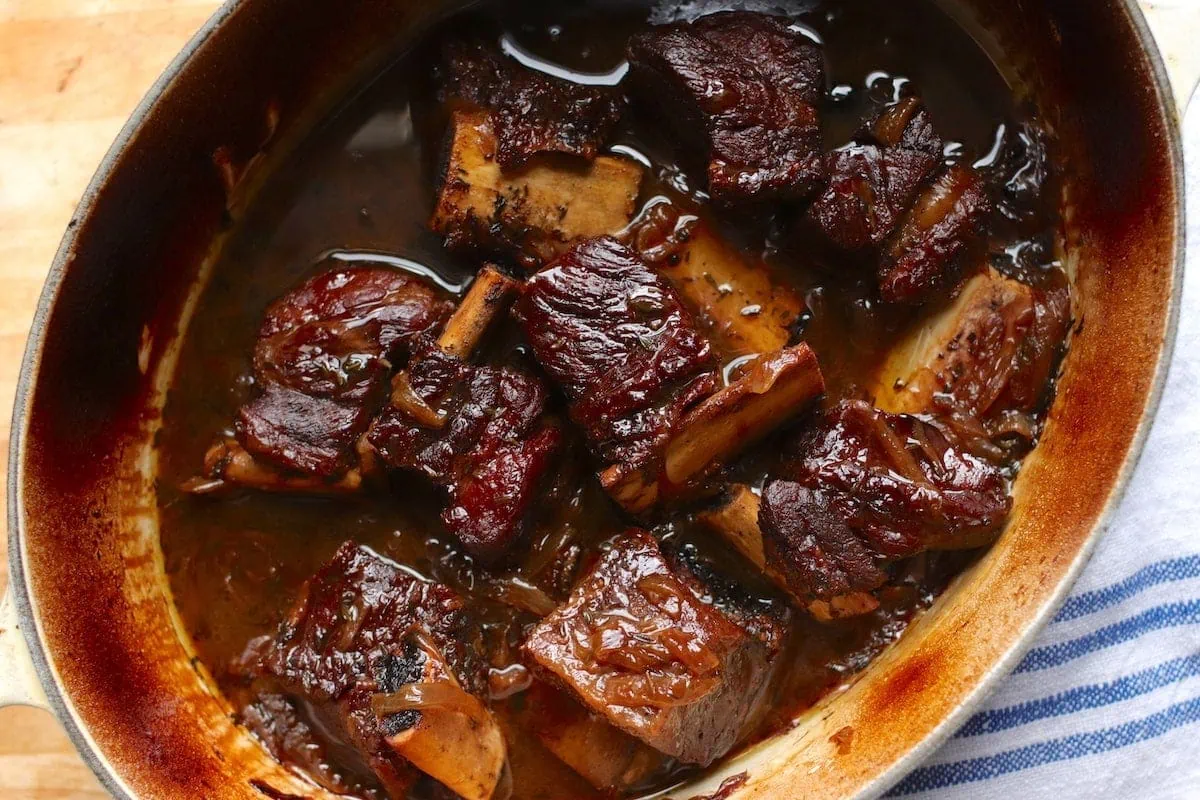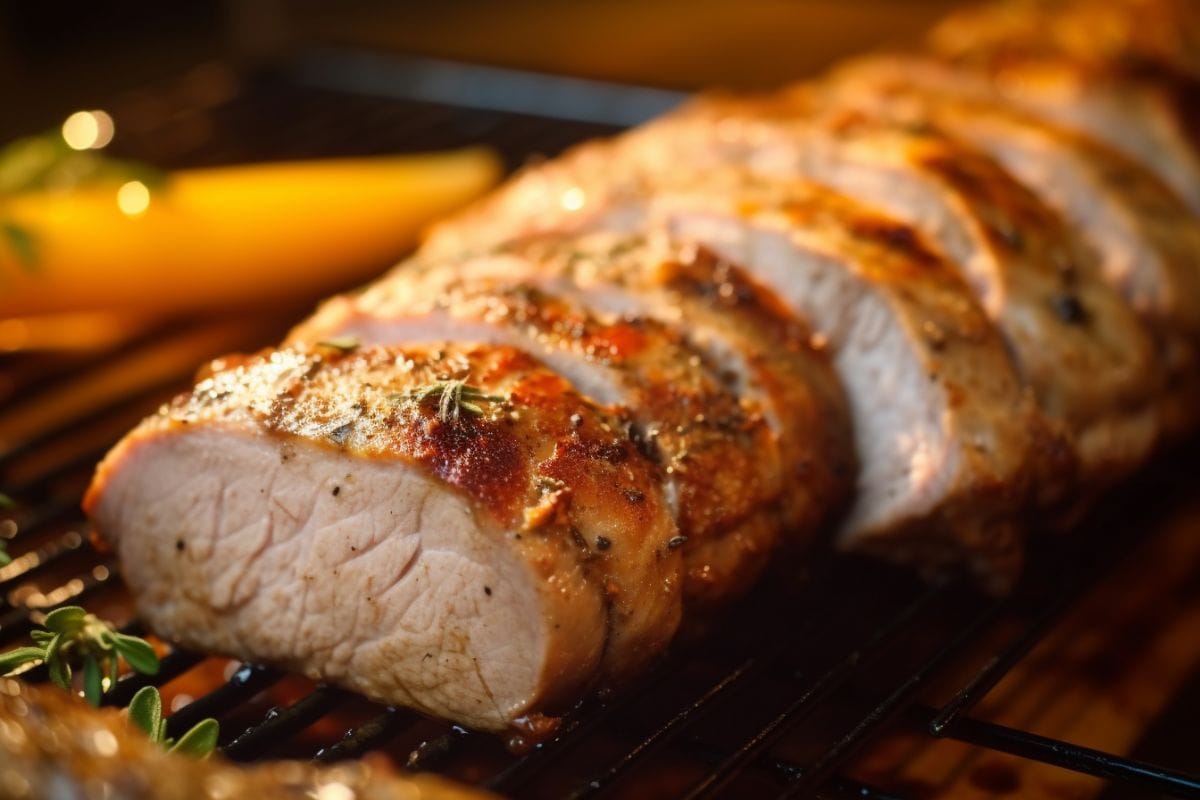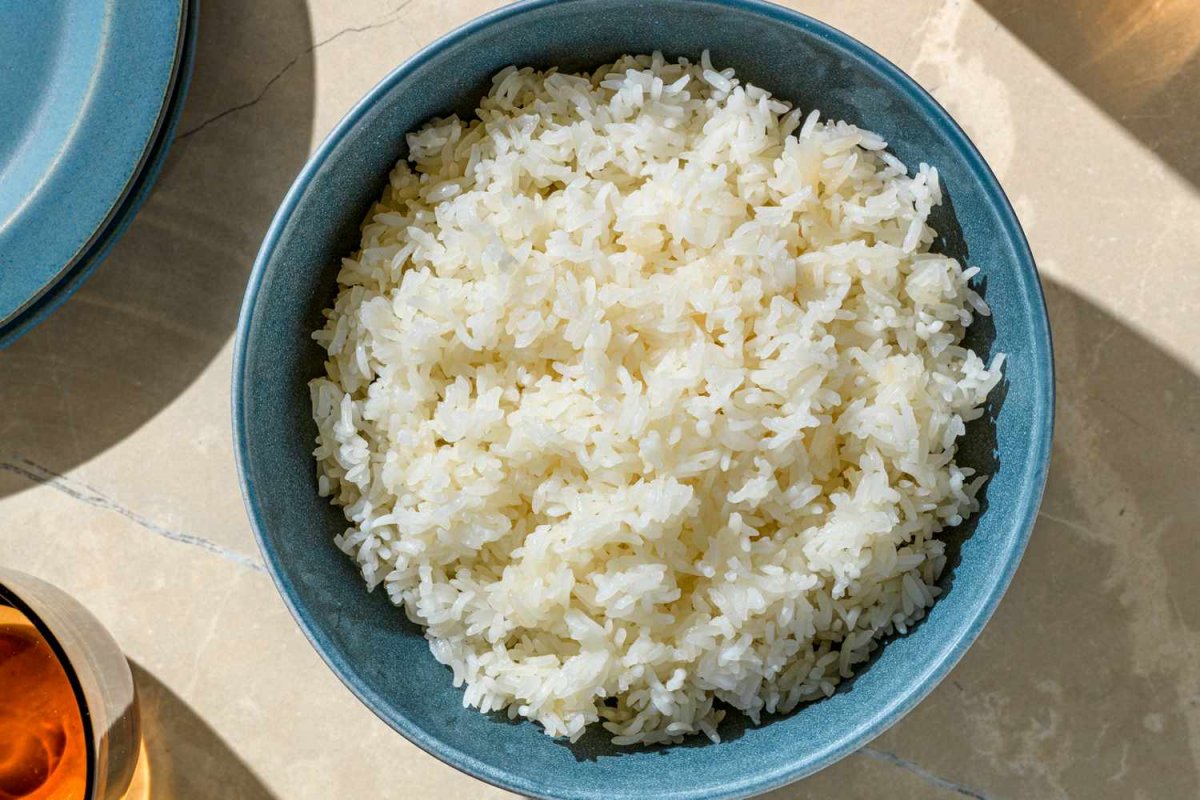Cooking large clams might seem intimidating at first, but with a bit of know-how, anyone can transform these sea gems into a delectable feast. Whether you're steaming, grilling, or baking, the key is to respect the natural flavors of the clams. Start by thoroughly cleaning them to remove any sand or debris. Then, choose a cooking method that will complement their size and texture. Steaming is quick and preserves their oceanic taste, while grilling adds a smoky depth. No matter the method, cooking large clams opens up a world of culinary possibilities, turning a simple meal into an extraordinary experience.
Essential Ingredients for Cooking Large Clams
- Large clams, fresh and cleaned
- Garlic cloves, minced
- Olive oil
- Butter
- White wine, dry
- Fresh parsley, chopped
- Lemon wedges, for serving
- Black pepper, freshly ground
- Sea salt
Necessary Tools for Preparing Large Clams
- Large pot or steamer
- Sharp knife
- Cutting board
- Tongs
- Serving platter
- Small saucepan
Cooking large clams requires patience. Start with thorough cleaning under cold water. Steam over medium heat until shells open, usually 10-12 minutes. Discard any that remain closed after cooking.
The Importance of Cooking Large Clams Properly
Cooking large clams is not only about savoring their succulent taste but also about unlocking their nutritional benefits. These shellfish are packed with protein, vitamins, and minerals, making them a healthy addition to any meal. Mastering the art of cooking them ensures that their delicate flavor is preserved while maximizing their health advantages.
Understanding the right techniques to cook large clams can transform a simple meal into a gourmet experience. It involves knowing how to properly clean, prepare, and cook these bivalves to perfection. This knowledge not only elevates your cooking skills but also enhances your appreciation for the diversity of seafood cuisine.
Your Step-by-Step Guide to Cooking Large Clams
Cooking Large Clams: A Step-by-Step Guide
-
Selecting Clams: Choose fresh, large clams with closed shells. If shells are slightly open, tap them. Fresh clams will close their shells tightly.
-
Cleaning: Rinse clams under cold running water. Use a brush to scrub off any dirt or sand from their shells. Soak in cold water mixed with salt for 20 minutes to help clams release any internal sand. Change water and repeat if necessary.
-
Preparation for Cooking: Keep clams in a colander while preparing to cook. This step ensures any excess water drains, preventing dishes from becoming too salty.
-
Steaming Clams: In a large pot, add water, garlic, and herbs for flavor. Bring to a boil. Place clams in a steamer insert or directly into the pot. Cover and steam until shells open, about 5-10 minutes depending on size. Discard any clams that do not open.
-
Grilling Clams: Preheat grill to a medium-high heat. Place clams directly on the grill. Cook until they pop open, about 5-8 minutes. Serve immediately with melted butter or a squeeze of lemon.
-
Baking Clams: Preheat oven to 475°F (245°C). Arrange clams on a baking sheet. Bake until they open, 6-10 minutes. Remove from oven, discard any that remain closed.
-
Broiling Clams: Set oven to broil and adjust rack to top position. Place clams on a baking sheet. Broil until they start to open, about 2-5 minutes. Watch closely to avoid overcooking.
-
Checking for Doneness: Regardless of cooking method, clams are done when their shells have opened. Ensure not to overcook, as this can make them tough and chewy.
-
Serving: Serve cooked clams immediately. Accompany with dipping sauces, lemon wedges, or incorporate into your favorite seafood dishes.
-
Storing Leftovers: Store any leftover cooked clams in a sealed container. Refrigerate and consume within 2 days for best quality.
Safety Tips:
- Always discard clams that have not opened after cooking. These may not be safe to eat.
- Consume cooked clams promptly to enjoy their best flavor and texture.
Mastering the Art of Clam Cooking
Cooking large clams doesn't have to be intimidating. With the right techniques, you can turn these sea gems into a delicious feast. Remember, the key to succulent clams lies in not overcooking them. Whether you choose to steam, grill, or bake, keeping an eye on the cooking time ensures they remain tender and flavorful. Don't forget to prep your clams properly before cooking; cleaning them thoroughly is crucial for a grit-free experience. Experiment with different herbs and spices to find your perfect flavor combination. And most importantly, enjoy the process. Cooking is an adventure, and mastering the art of cooking large clams is a rewarding part of that journey. So, grab your clams, fire up your stove, and get ready to impress your taste buds and your guests with your newfound clam cooking prowess.
For those who want to try their hand at cooking large clams, the guide offers a variety of delicious recipes. Beginners might start with the Classic Steamed Clams with Garlic and White Wine for a straightforward yet flavorful dish. For something heartier, the Clam and Corn Chowder provides a rich and comforting option. Seafood lovers should definitely give Clam Risotto a go, as the creamy texture pairs beautifully with the briny clams. If you're in the mood for a twist, the Clam and Chorizo Stew adds a spicy kick that's sure to impress. Finally, those who enjoy a bit of decadence should not miss out on Clams Casino, a classic appetizer that's perfect for any occasion.
Common Questions About Cooking Large Clams
How do I choose the best clams for cooking?
Look for clams that are tightly closed or that close when you tap them. They should smell fresh, like the ocean, not fishy. Avoid any with cracked or chipped shells.
What's the ideal way to clean clams before cooking?
Rinse them under cold running water and scrub with a brush to remove any dirt or sand. For a deeper clean, soak them in a mixture of cold water and salt for 20 minutes to an hour. This encourages them to expel any sand inside.
Can you share a simple method to steam clams?
Sure! In a large pot, bring about an inch of water, wine, or beer to a boil. Add clams, cover, and cook over medium heat. Check after 5 minutes; most should be open. Discard any that remain closed.
What are some signs that clams are perfectly cooked?
Clams are ready when their shells have popped open, revealing the tender meat inside. They should be plump and slightly opaque. Be careful not to overcook, as they can become tough and chewy.
How do I make clams in a garlic butter sauce?
Melt butter in a pan over medium heat. Add minced garlic and sauté until fragrant. Toss in clams, a splash of white wine, and some fresh herbs. Cover and steam until the clams open. Serve with the sauce and fresh lemon.
Is there a trick to grilling clams?
Preheat your grill to a high heat. Place clams directly on the grate and close the lid. They'll pop open when done, usually in about 5-7 minutes. Enjoy them straight from the shell with a squeeze of lemon or your favorite dipping sauce.
Any advice on storing leftover cooked clams?
Remove them from their shells and store in a tightly sealed container. Cover them with their cooking liquid to keep them moist. They'll last in the fridge for up to two days. Reheat gently to avoid toughening the meat.
Was this page helpful?
Read Next: How To Cook Shank
